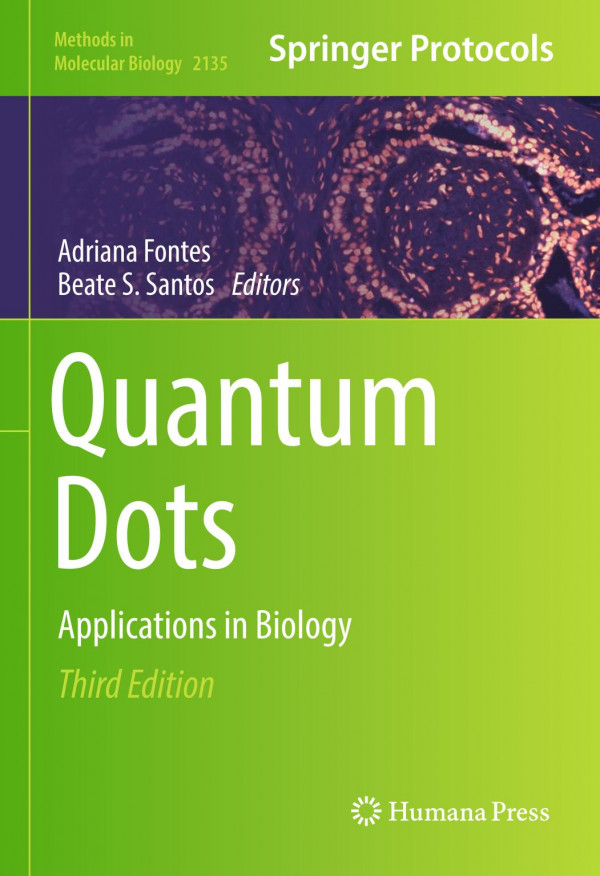

Most ebook files are in PDF format, so you can easily read them using various software such as Foxit Reader or directly on the Google Chrome browser.
Some ebook files are released by publishers in other formats such as .awz, .mobi, .epub, .fb2, etc. You may need to install specific software to read these formats on mobile/PC, such as Calibre.
Please read the tutorial at this link: https://ebookbell.com/faq
We offer FREE conversion to the popular formats you request; however, this may take some time. Therefore, right after payment, please email us, and we will try to provide the service as quickly as possible.
For some exceptional file formats or broken links (if any), please refrain from opening any disputes. Instead, email us first, and we will try to assist within a maximum of 6 hours.
EbookBell Team

0.0
0 reviewsThis third edition provides revised and expanded protocols of consolidated approaches as well as new trends in the field. Chapters guide readers through new approaches to optimize Quantum Dots’ (QD) properties, to evaluate their quantum yields, important features about preparative processes and characterizations of QDs, methods related to QDs for live cell applications, and the versatility of QDs in the bioanalytical and biosensing field. Written in the highly successful Methods in Molecular Biology series format, chapters include introductions to their respective topics, lists of the necessary materials and reagents, step-by-step, readily reproducible laboratory protocols, and tips on troubleshooting and avoiding known pitfalls.
From the Back Cover
This third edition provides revised and expanded protocols of consolidated approaches as well as new trends in the field. Chapters guide readers through new approaches to optimize Quantum Dots’ (QD) properties, to evaluate their quantum yields, important features about preparative processes and characterizations of QDs, methods related to QDs for live cell applications, and the versatility of QDs in the bioanalytical and biosensing field. Written in the highly successful Methods in Molecular Biology series format, chapters include introductions to their respective topics, lists of the necessary materials and reagents, step-by-step, readily reproducible laboratory protocols, and tips on troubleshooting and avoiding known pitfalls.